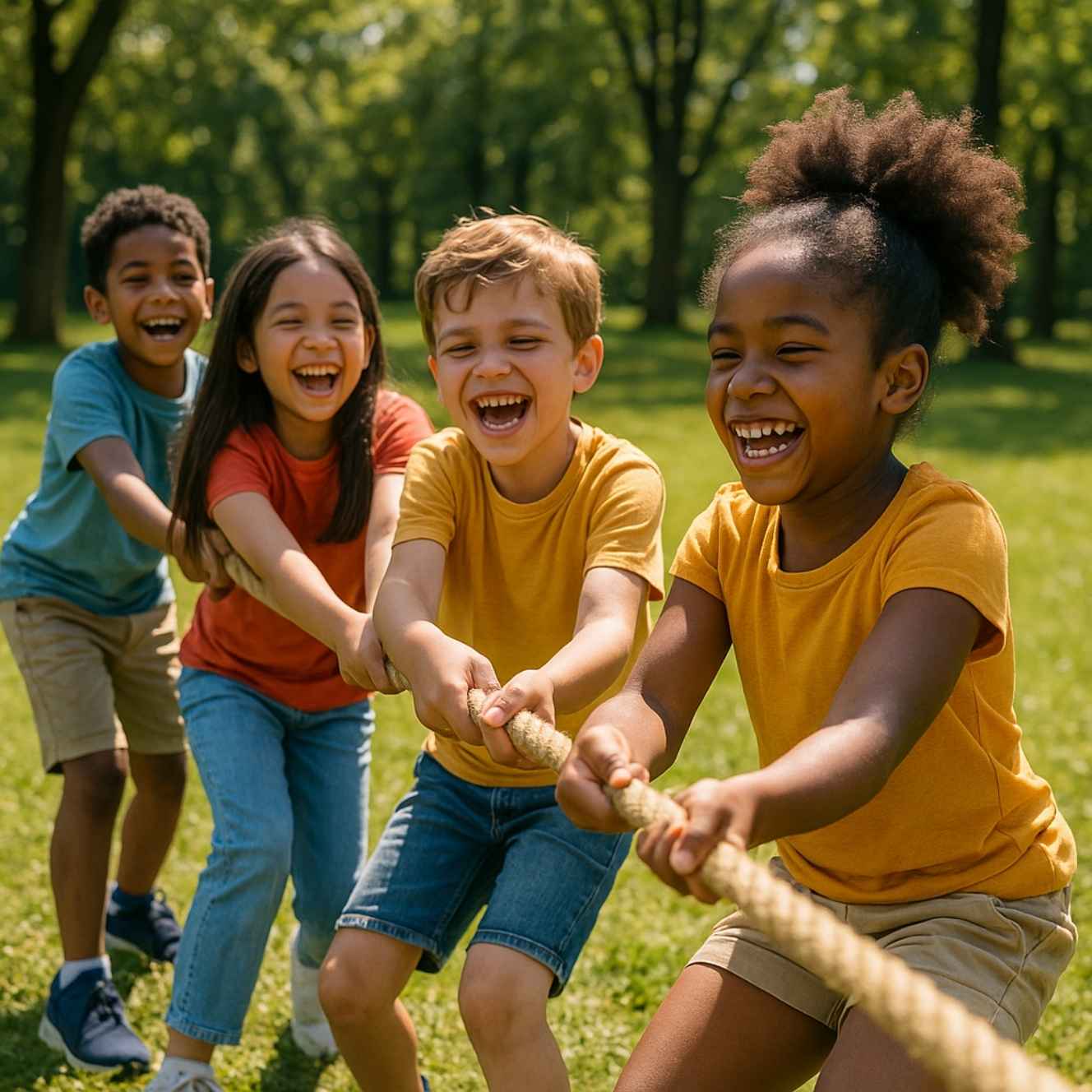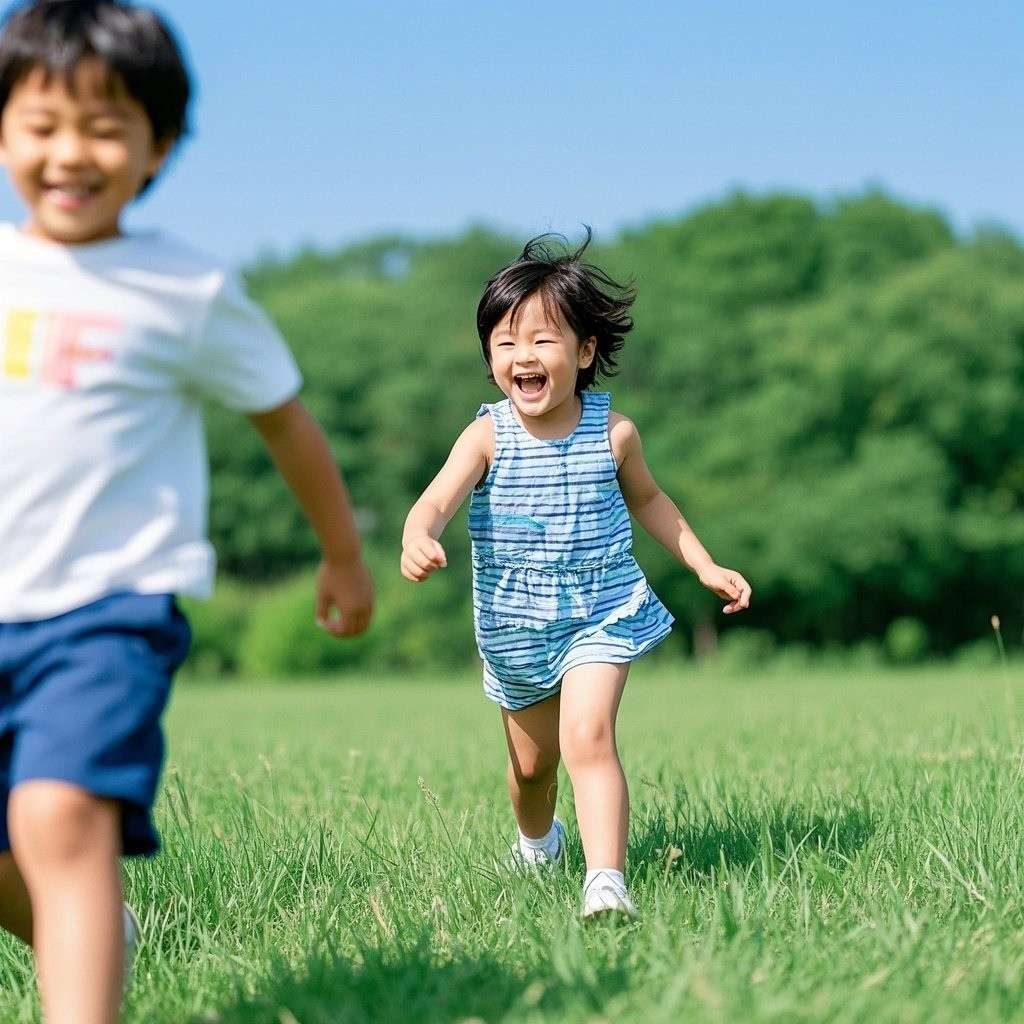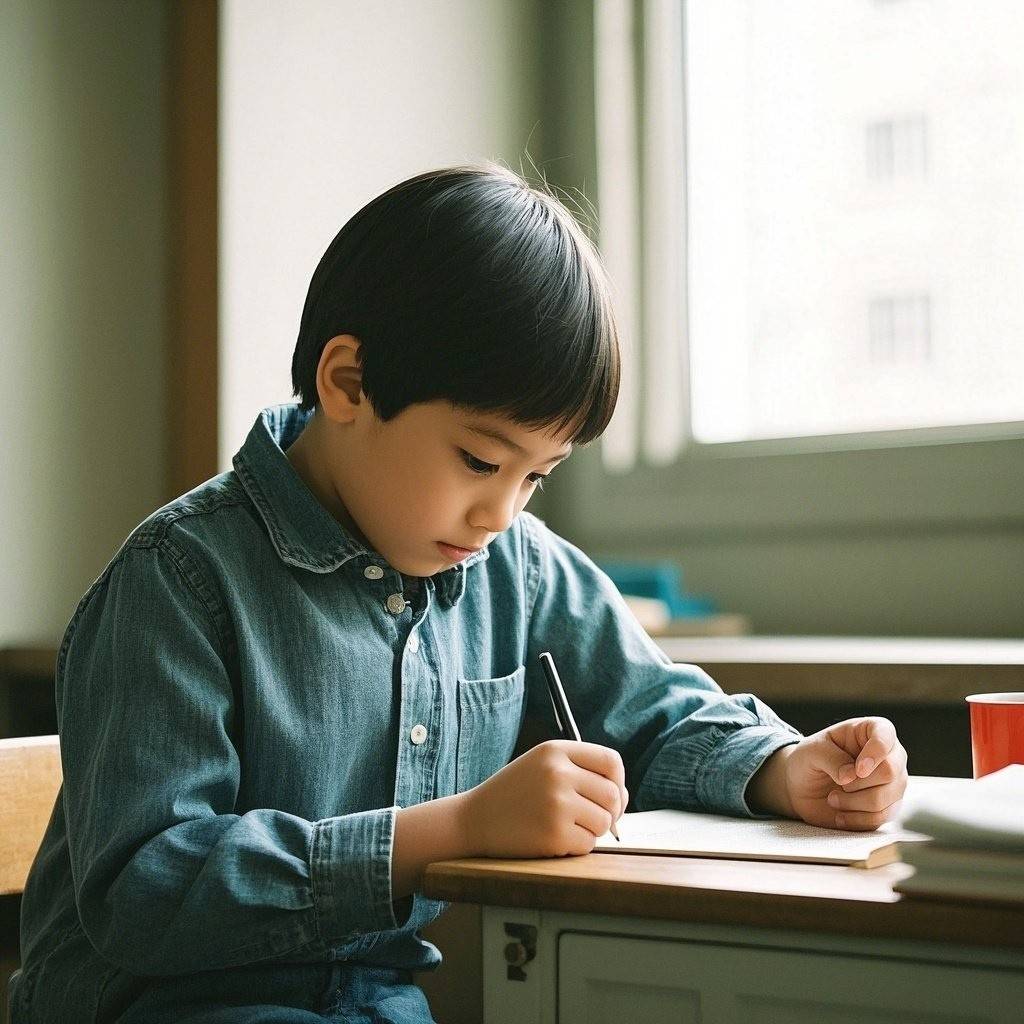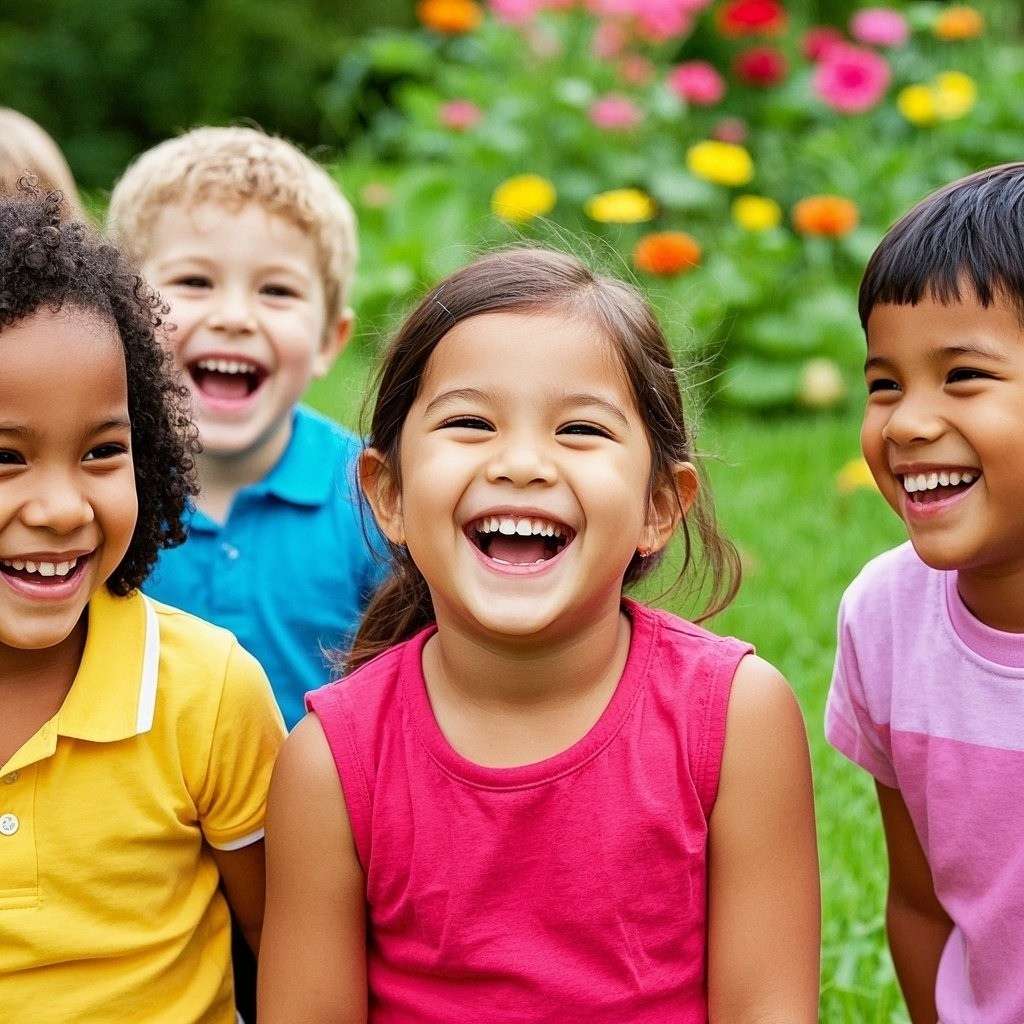Introduction
Childhood is often painted as a carefree season—and rightly so, because play, discovery, and imagination should dominate those early years. Yet even the youngest among us thrive when they understand that life includes duties alongside delights. Giving children clear, age-appropriate responsibilities does not burden them; it empowers them. Responsibilities build self-esteem, teach cause and effect, and weave children into the social fabric of family and community. The three foundational responsibilities explored below—toward self, family, and the wider world—act like the spokes of a wheel: when each one is strong, the whole wheel turns more smoothly. By the end of this article, you will see how these duties overlap, reinforce one another, and prepare kids for adulthood without stealing the magic of childhood.
1. Responsibility to Themselves: Developing Self-Care and Healthy Habits
The first duty every child must master is caring for their own well-being. Self-care begins with the basics: brushing teeth, bathing, dressing appropriately for the weather, and eating balanced meals. These habits may look simple, but they lay neurological groundwork for discipline and decision-making that lasts a lifetime. When a six-year-old remembers to pack a water bottle for school or chooses fruit over candy without being prompted, that small victory strengthens neural pathways associated with executive function.
Beyond physical upkeep, self-responsibility includes emotional literacy. Children learn to name and navigate feelings, recognize stress signals, and seek healthy coping outlets—whether that means deep breaths, talking to a trusted adult, or journaling drawings of their day. Parents and educators can model this by verbalizing their own emotion regulation: “I’m frustrated, so I’m taking a short walk.” Such modeling shows children that emotions are manageable, not monstrous.
Academic effort also falls under self-responsibility. A child who understands that homework is not punishment but practice develops an internal locus of control, believing their actions influence outcomes. Setting a regular study hour, breaking big projects into smaller tasks, and celebrating incremental progress show children how consistent effort compounds over time—much like interest in a savings account. When kids feel ownership of their successes, they build grit, the ability to persevere even when rewards are not immediate.

2. Responsibility to Family: Contributing and Respecting Others
The second major duty for children is toward the family unit, the primary micro-community where they first encounter cooperation, empathy, and shared goals. Chores are an obvious entry point—setting the table, feeding a pet, or folding laundry—but the underlying lesson runs deeper than completing tasks. Routine contributions teach children that a household functions best when every member plays a part. Rather than framing chores as parental decrees, caregivers can present them as contributions to a shared living space that everyone values.
Respect is the twin pillar of familial responsibility. It begins with courteous language—“please,” “thank you,” and “I’m sorry”—and extends to listening when others speak, honoring privacy, and treating belongings with care. These behaviors train children to interpret the needs and boundaries of others, a crucial social skill. Sibling conflict, for instance, becomes an opportunity to practice constructive dialogue: airing grievances, finding compromise, and granting forgiveness. In these moments, adults can guide children to articulate feelings with “I” statements—“I felt upset when you borrowed my toy without asking”—instead of blame-laden accusations.
Meaningful participation in family decision-making further cements responsibility. Allow children to vote on weekend activities, choose vegetables for dinner, or brainstorm budget-friendly vacation ideas. Though parents retain final authority, inviting input teaches kids that their voices matter and that decisions have constraints such as time, money, and differing preferences. This practice nurtures empathy because children begin to appreciate that choices must accommodate everyone, not just themselves.

3. Responsibility to Community and Environment: Cultivating Empathy and Stewardship
The third foundational duty extends beyond the front door, urging children to see themselves as citizens of a broader world. Community responsibility can start small: greeting neighbors, following playground rules, or donating unused toys. Volunteering as a family—serving at a food bank, joining a coastal cleanup, or writing cards to elderly residents—exposes children to diverse life experiences and demonstrates that every contribution, however modest, improves collective well-being.
Environmental stewardship is a natural extension of community care. Teaching children to recycle, conserve water, and respect wildlife fosters an ethic of guardianship over shared resources. Activities such as planting a vegetable patch or tending classroom seedlings transform abstract sustainability concepts into tangible, gratifying experiences. Each new sprout becomes a real-time lesson in cause and effect: water and sunlight yield growth; neglect results in wilt.
Global awareness rounds out this third responsibility. Age-appropriate discussions about world events, cultural festivals, and economic disparities expand children’s empathetic horizon. Reading stories set in different countries, sampling international cuisine, or pen-pal exchanges show that beneath varied languages and customs, people share common hopes and emotions. When children witness both the vastness and interconnectedness of humanity, they grasp why actions like conserving energy or supporting fair-trade products matter. They recognize that their choices echo far beyond their immediate circle, reinforcing a sense of agency and accountability on a planetary scale.
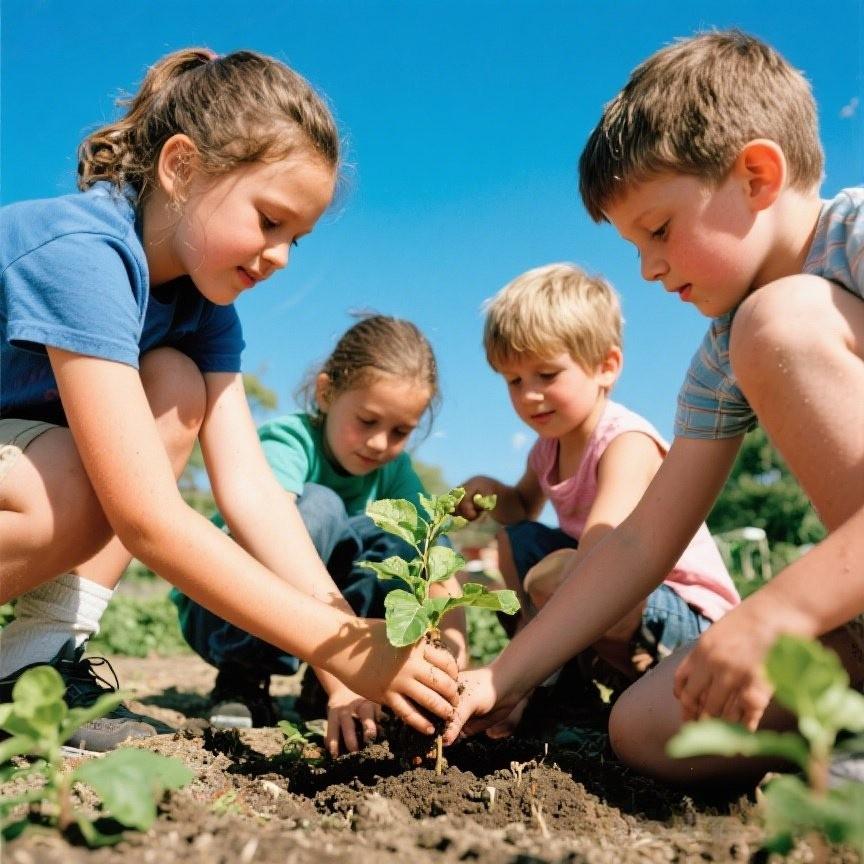
Conclusion
Understanding and embracing three core responsibilities—self-care, family contribution, and community stewardship—gives children the building blocks for balanced growth. These duties are not hurdles to childhood joy; they are ladders that help young people climb toward resilience, empathy, and confidence. When caregivers nurture these habits with patience and clear expectations, children learn that responsibility is inseparable from freedom. They discover the quiet pride of a job well done, the warmth of reciprocal respect, and the power of collective action. Ultimately, children who practice these responsibilities are far better equipped to navigate adolescence and adulthood, forging healthier relationships and making thoughtful choices that benefit themselves and the world around them.

